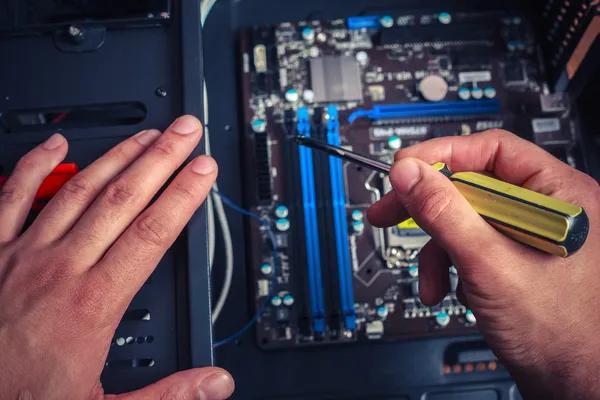Upgrading Your Computer: Repair or Replace?
When dealing with an aging computer, one of the most challenging decisions to make is whether to repair or replace it. The decision-making process involves considering several factors such as cost, performance, and your specific needs. Both options have their pros and cons, and understanding them can help you make an informed choice.
Repairing a computer can be a cost-effective solution if the issues are minor or specific to certain components. For instance, upgrading the RAM or replacing the hard drive with a solid-state drive (SSD) can significantly improve your computer’s speed and performance. Similarly, software-related problems like viruses or outdated drivers can usually be fixed without needing to replace learn the facts entire machine.
However, there are some downsides to repairing. If your computer is quite old – say more than five years – even after repairs it might not run modern applications smoothly due to hardware limitations. Also, continuous repairs may end up costing more than buying a new system over time.
On the other hand, choosing to replace your old computer comes with its own set of benefits. New computers come equipped with updated technology that offers better performance and efficiency compared to older models. They also come with warranties that cover any potential damages or issues that may arise within a specified period.
Nevertheless, replacing should not always be your first option whenever you encounter issues with your current device. Computers have significant environmental impacts; therefore discarding them prematurely contributes negatively towards electronic waste management efforts globally.
Firstly consider how often you use your PC for demanding tasks such as gaming or video editing?
Finally, think about your computer’s age. If it’s more than five years old and struggling with everyday tasks, then it might be time to replace rather than repair.
In conclusion, when deciding whether to upgrade your computer via repair or replacement, consider not only the current issues but also future needs and potential costs. Ultimately, the choice should provide value for money and meet your computing requirements effectively.

